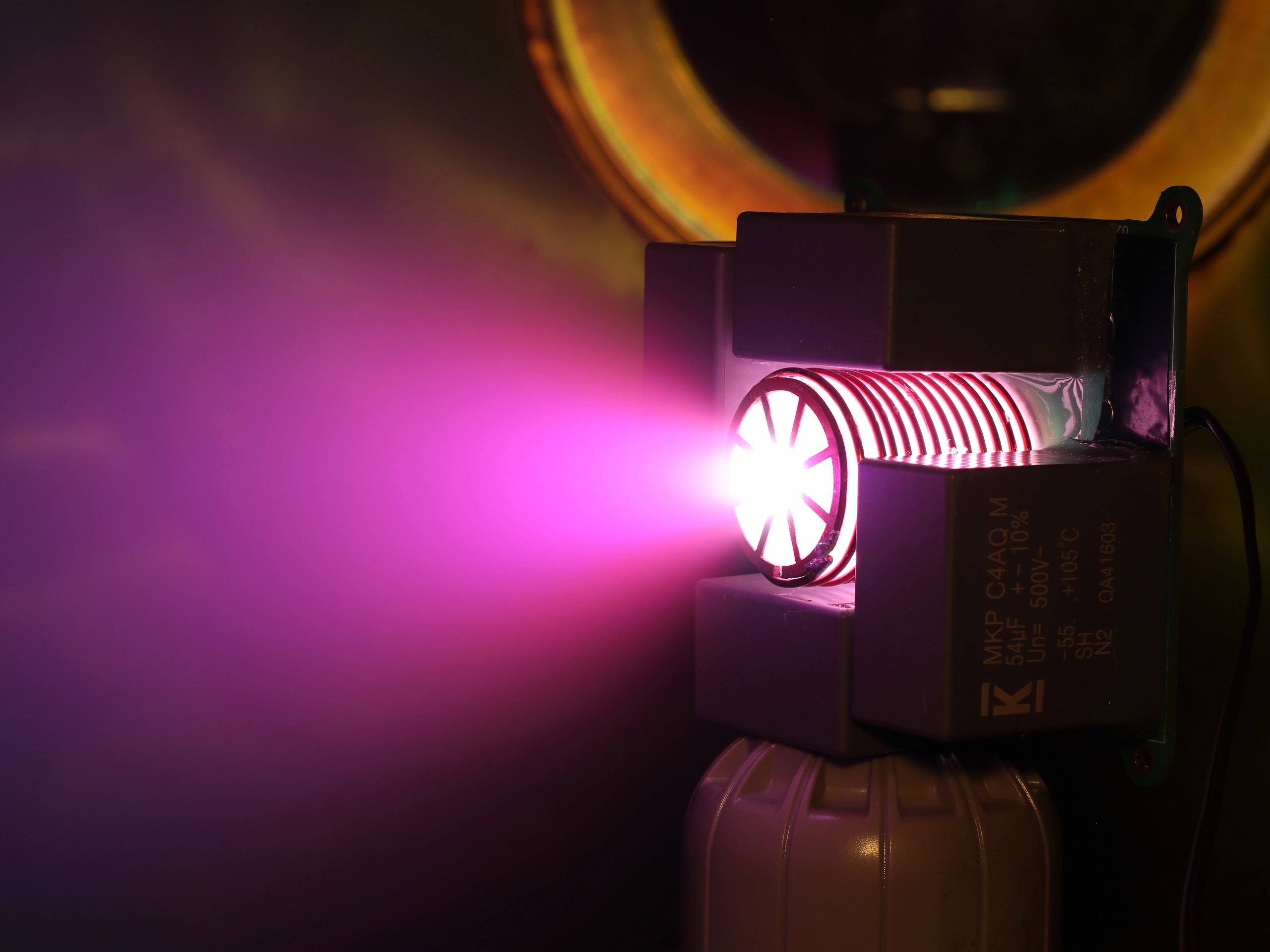Catalog
Search
431 products
View:
- Selected: 1Areas of use
- Selected: 0Item names
- Selected: 0Manufacturer
- Selected: 0Made in
- Selected: 0Additional
View:
431 products
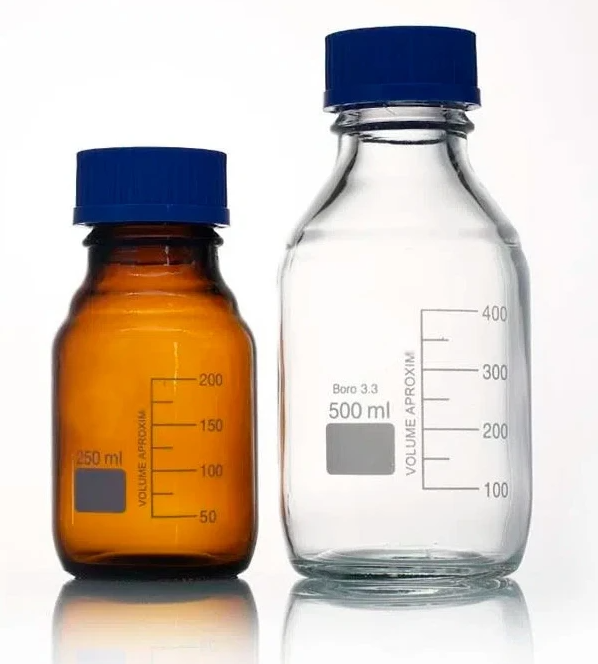
Primelab light glass reagent jar, 250 ml
from
172 ₽
1 supp.
The PrimeLab light glass reagent jar, 250 ml, is designed taking into account the requirements of safety and ease of use. Comes complete with a lid that screws onto the neck thanks to a GL45 thread. Prevents the penetration of external substances into stored reagents.
Characteristics:
• Volume – 250 ml
• Height –138 mm
• Diameter – 70 mm.
Primelab
Mytishchi
Produced in: Mytishchi, Moscow region
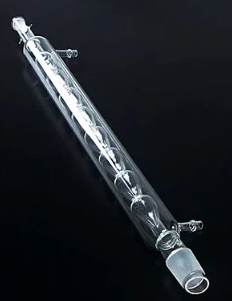
Refrigerator XSh-1-300 29/32 Primelab
from
1 223 ₽
1 supp.
Refrigerator KhSh-1-300 29/32 Primelab is designed for cooling liquids and performing some laboratory processes. With compact dimensions of 46 cm and a working part of 30 cm, it has excellent performance. Cooling occurs not only due to the movement of liquid along the balls inside the refrigerator, but also due to the influence of running water moving along the jacket. Equipped with a 29/32 core section for connection to the necessary laboratory equipment.
Primelab
Mytishchi
Produced in: Mytishchi, Moscow region
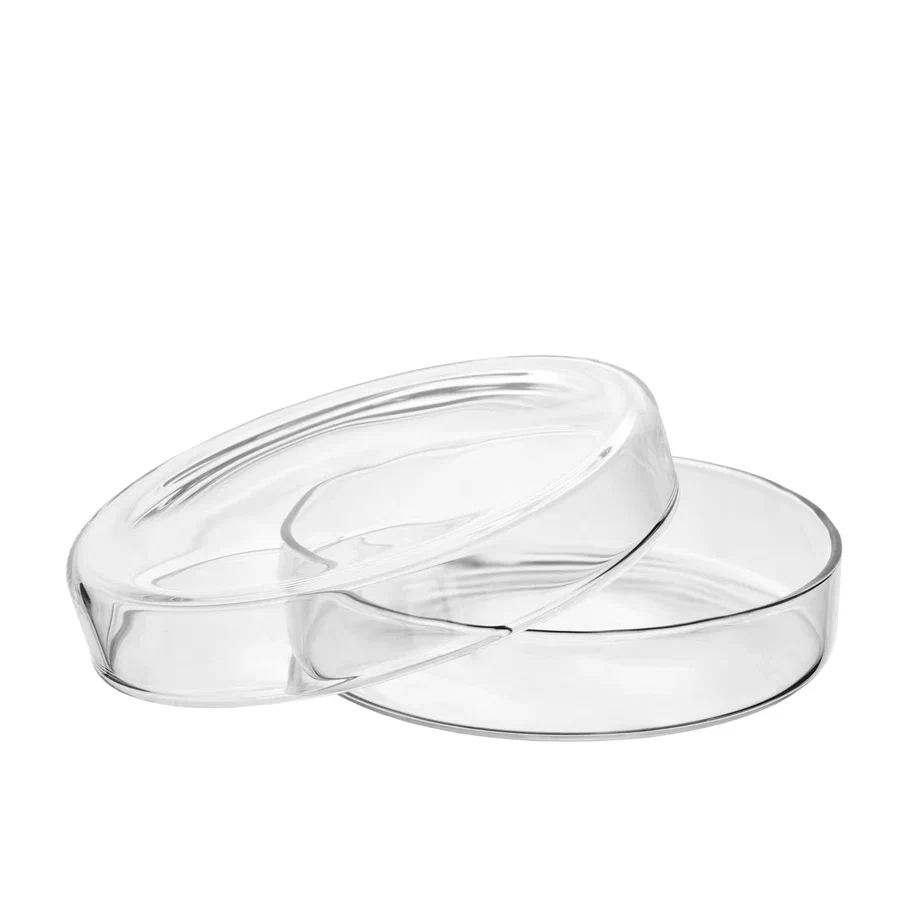
Petri dish Primelab 100 mm, glass
from
105 ₽
1 supp.
Petri dish PrimeLab 100 mm, glass - round laboratory glassware with a small rim around the perimeter. Its design is well thought out: the diameter of the top part (107 mm) is slightly larger than the diameter of the bottom part (100 mm), making it easy to slide over the base to protect the contents from the elements. Their height is 20 mm. The container is made of transparent tempered glass, which allows you to observe all the processes inside without opening the top part. Designed for reusable use and sterilization under appropriate conditions.
Primelab
Mytishchi
Produced in: Mytishchi, Moscow region
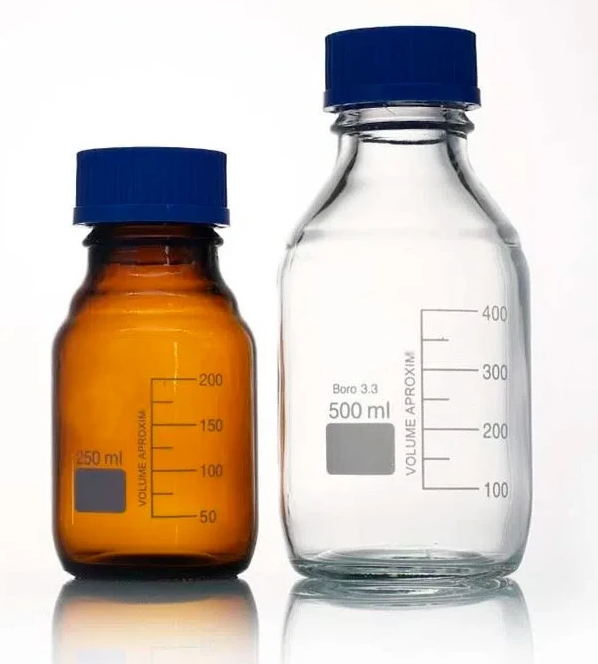
Primelab dark glass reagent jar, 250 ml
from
142 ₽
1 supp.
The PrimeLab dark glass reagent jar is designed to work with a small amount of a substance of any consistency (up to 250 ml). A capacity scale is applied to its wall to quickly determine the volume of the contents of the substance. Made of durable glass that is wear-resistant.
Characteristics:
• Volume – 250 ml
• Height – 1386 mm
• Diameter – 70 mm
• Thread - GL45.
Primelab
Mytishchi
Produced in: Mytishchi, Moscow region
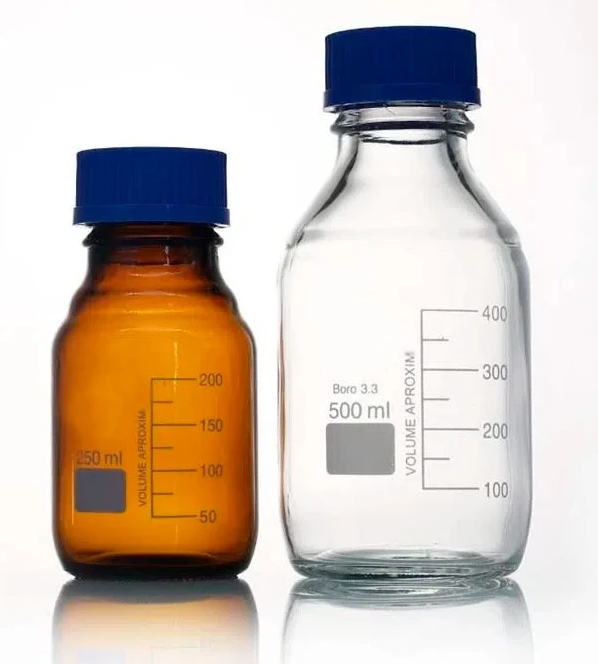
Primelab dark glass reagent jar, 500 ml
from
205 ₽
1 supp.
Primelab dark glass reagent jar, 500 ml is an excellent solution for protecting photosensitive substances from exposure to ultraviolet rays. Suitable for transporting, mixing or storing chemically active, poisonous or toxic substances of any consistency. Supplied with a lid.
Characteristics:
• Volume – 500 ml
• Height – 176 mm
• Diameter – 86 mm
• Thread - GL45.
Primelab
Mytishchi
Produced in: Mytishchi, Moscow region
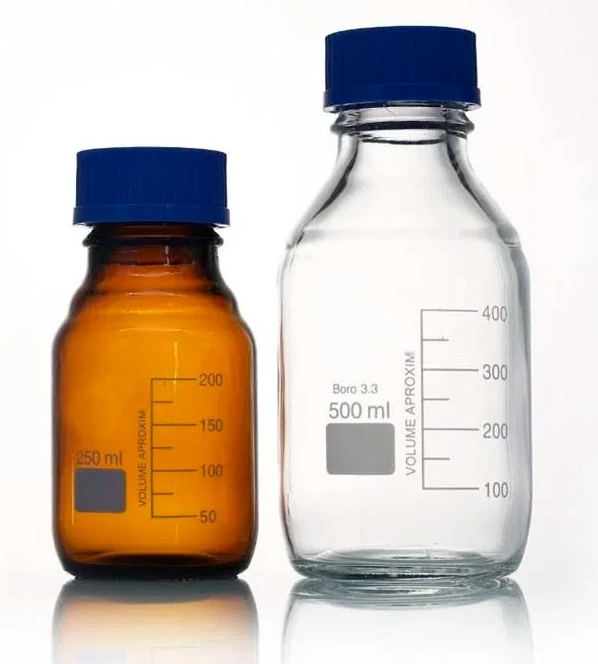
Primelab light glass reagent jar, 1000 ml
from
371 ₽
1 supp.
PrimeLab light glass reagent jar, 1000 ml is made of durable glass, which ensures its durability. Comes complete with a lid that prevents the contents from being affected by the external environment. There is a measuring scale on the side of the jar. Designed for storage and transportation of various types of chemicals and more. Characteristics:
• Volume – 1000 ml
• Height – 225 mm
• Diameter – 101 mm
• Thread - GL45.
Primelab
Mytishchi
Produced in: Mytishchi, Moscow region
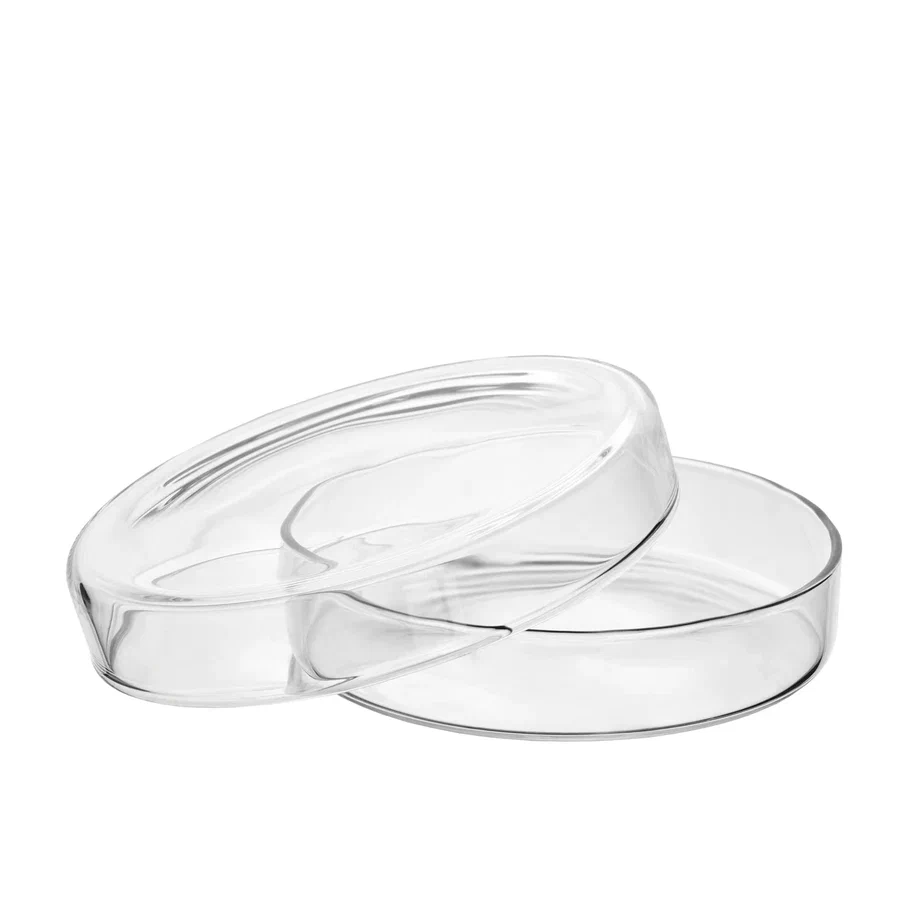
Petri dish Primelab 90 mm, glass
from
93 ₽
The PrimeLab 90 mm tempered glass Petri dish is a flat laboratory vessel consisting of two parts. This is a 90 mm base and a 98 mm top cover with a total height of 18 mm. Used for various research, experiments and other laboratory processes.
Primelab
Mytishchi
Produced in: Mytishchi, Moscow region
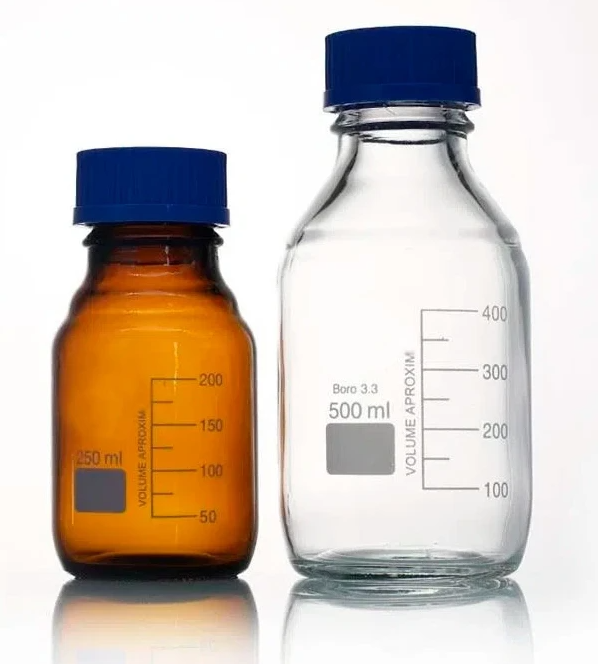
Reagent jar, dark glass PrimeLab, 20000 ml
1 supp.
Reagent Jar, Dark Glass PrimeLab, 20000 ml is designed to meet laboratory safety standards, providing reliable protection against possible hazards and elementary leakage. It has a form convenient for work. There is a measuring scale and an area for notes on the wall. Characteristics:
• Volume – 5000 ml
• Height – 505 mm
• Diameter – 299 mm
• Thread - GL45.
Primelab
Mytishchi
Produced in: Mytishchi, Moscow region
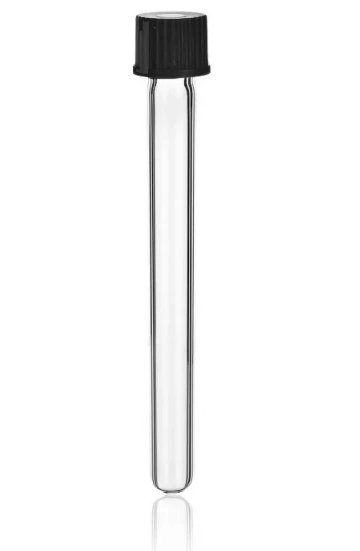
Test tube with screw cap PrimeLab, 30 ml, 20x150, round bottom
from
37 ₽
1 supp.
The PrimeLab screw cap tube holds 30 ml. The throat diameter is 20 mm with a height of 150 mm. Suitable for various laboratory processes involving reagent storage, experimentation, transportation, etc. The screw cap creates a sealed connection to the tube, thereby protecting the contents from external influences and preventing leakage. In some cases, this is extremely important and can affect the final outcome of an experiment or other laboratory process.
Primelab
Mytishchi
Produced in: Mytishchi, Moscow region

Round bottom tube with screw cap PrimeLab, 15 ml, 16x150
from
16 ₽
1 supp.
The round-bottom test tube with a screw cap PrimeLab has a wide range of applications in laboratories, scientific enterprises and various industries. This includes storage of liquid, bulk or gaseous substances, transportation, research, etc. The screw-closure lid creates a complete seal. Protects contents from external influences and leakage.
Test tube characteristics:
• Volume - 15 ml
• Diameter - 16 mm
• Length - 150 mm.
Primelab
Mytishchi
Produced in: Mytishchi, Moscow region
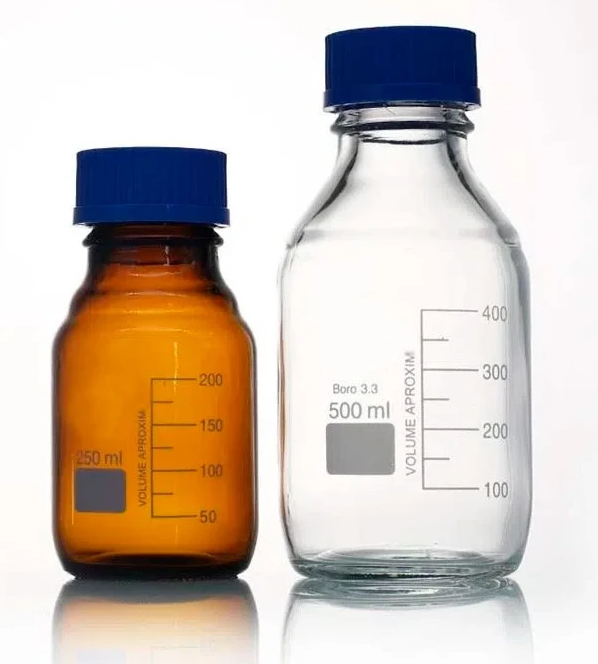
Reagent jar, Primelab light glass, 10000 ml
1 supp.
Reagent jar, light glass Primelab, 10000 ml is designed taking into account the requirements of safety, ease of use and all the nuances of working with reagents of different consistency. These are liquid, volatile, loose, chemically active acids and others. Thanks to the transparency of the glass, it is possible to observe all processes inside the jar in real time without opening the lid and excluding the impact of the external environment on the contents. Specifications:
• Volume – 10000 ml
• Height – 410 mm
• Diameter – 234 mm
• Thread - GL45.
Primelab
Mytishchi
Produced in: Mytishchi, Moscow region
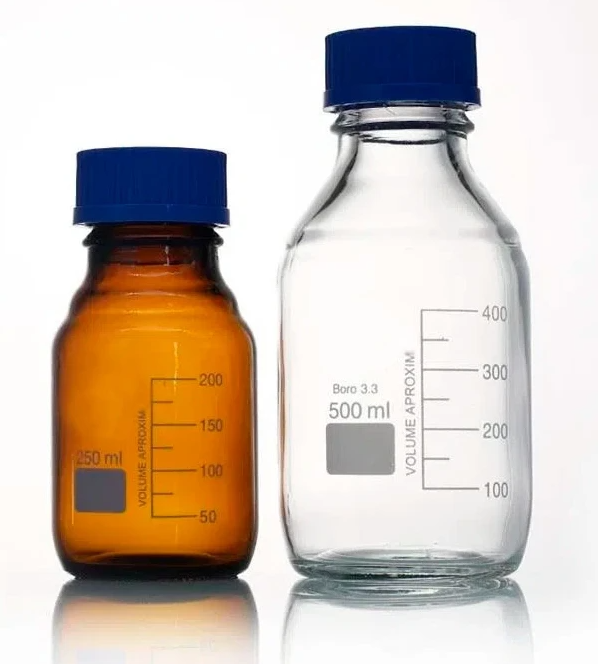
Reagent jar, Primelab dark glass, 10000 ml
1 supp.
The jar for reagents, dark glass PrimeLab, 10000 ml is equipped with a lid that closes firmly thanks to the GL45 thread on the neck of the container. Protects against leakage and evaporation. The wall has an area for notes and a measuring scale for quickly determining the volume of contents. Characteristics:
• Volume – 10000 ml
• Height – 410 mm
• Diameter – 234 mm
• Thread - GL45.
Primelab
Mytishchi
Produced in: Mytishchi, Moscow region
